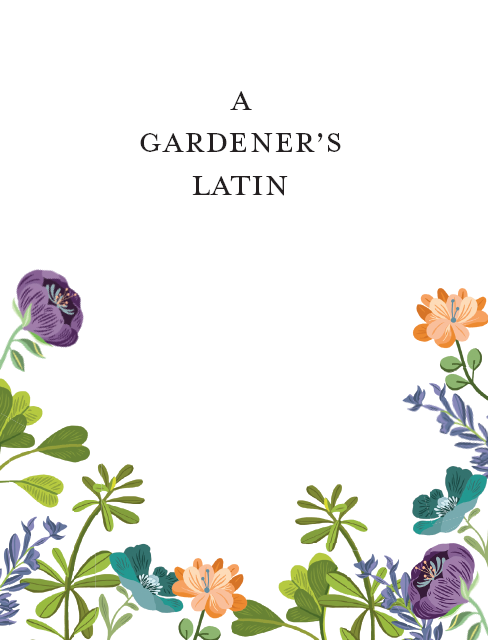 
CONTENTS INTRODUCTION The need for a universal language for plants is twofold. First, a plant should be represented by a single name wherever that plant is talked or written about. The name should be the same in Russia as it is in the United States. A different name in each inevitably leads to confusion: a bluebell in England is a different plant from that known as a bluebell in Scotland, for example. Looking at it another way, the plant known throughout the world as Lotus corniculatus has over 70 different local names in Britain alone (the most common being birds foot trefoil). When the modern system of naming was devised by Linnaeus in 1753, Latin was still the language of science, as well as being the only universal language, so it was the obvious choice for the names. Nearly twenty years before he set about naming plants, Linnaeus had devised a system of classification into which he fitted all plants so that their relationships were clear. Thus he brought together all the buttercups into a group that he named Ranunculus. This group he called a genus (plural genera) and the individual plants that made up the genus were known as species. He also brought together all the groups or genera that were related into a larger group, which he called a family. Thus Caltha (marsh marigold), Anemone and Clematis are botanically closely related to Ranunculus and so they are put into one family. The family name is based on the most typical genus of that family, and so in this case it is known as Ranunculaceae. Although the family is an important part of the classification of plants, it does not appear in the name. The first element is the genus. The names given to different genera are derived from different sources. In some cases they are descriptive, in others they are the name by which they have been known since ancient times. Some names are even made-up ones. Many of these names are well known to gardeners, for example Hosta, Fuchsia, Chrysanthemum, and Delphinium. The second part of the name is the species and refers to individual plants rather than a group of them. This name is often descriptive of the plant. Thus Geranium pyrenaicum is the geranium from the Pyrenees, while Geranium tuberosum has tubers. If several members of the same genus are mentioned, then the second and subsequent mentions usually have the name of the genus represented by an initial. Thus Geranium tuberosum could here be represented as G. tuberosum. Since the names are often based on Latin, the gender of the species must agree with that of the genus. This is most easily shown in genera ending in -us (masculine), -a (feminine) and -um (neuter). Thus one sees Hosta gracillima and Geranium nodosum. If the specific name is derived from another language, then it takes on the appropriate ending in that language. Botanists often need to break species down into subspecies and will often add a third element to the name, sometimes using the abbreviation ssp, but not always. novae-zelandiae may be listed without the ssp. novae-zelandiae may be listed without the ssp. If the plant is not important enough to be called a subspecies, then botanists use the term variety, abbreviated to var. Geranium sanguineum var. striatum is an example. Horticulture also provides another element, namely the cultivar. This is a form of the plant that is worth distinguishing for horticultural purposes, but is not worth differentiating botanically because a cultivar only varies by some superficial aspect, such as colour, from the typical species. Cultivars are shown in single quotation marks Geranium sylvaticum Mayflower, for example. Cultivar names should not be in Latin, although some names still exist from the time before the rule forbidding them came into existence. One further thing remains to be explained. Names sometimes include an . This indicates that the plant is a hybrid; Geraniumoxonianum for example. If both parents are known they are often given in the name; for example Passifloracaeruleoracemosa is a cross between Passiflora caerulea and Passiflora racemosa.  Most specific names are composed of simple words, such as the word alba, meaning white, but there is also an important group of compound words, made up from two words. Most specific names are composed of simple words, such as the word alba, meaning white, but there is also an important group of compound words, made up from two words. Thus the specific name argophyllum is made up of two elements: argo, white, and phyllum, leaf, i.e., white-leaved (Olearia argophylla, the white-leaved olearia, for example). Many words are constructed in this way. Numbers of various parts of the plant are quite common triphyllum, three-leaved, or hexandra, six-stamened, for example. Most prefixes are either adjectives or adverbs showing size or position. Examples of size can be seen in macro-, large (Aster macrophyllus, the large-leaved aster); parvi-, small (Cyclamen parviflorum, the small-flowered cyclamen). Other attributes may be used, such as atro-, meaning dark (as in atrosanguineus, dark blood-red). Position is also frequently seen; transcaucasicus means just that, transcaucasian from right across the Caucasian mountains. Sometimes the prefix is another plant; salicifolia means willow-leaved, from salix, willow, and folia, leaved. that are common to many words and you will have the building blocks of a considerable vocabulary. | actino | radiating | | aniso | unequal, uneven | | ante | before | | argo | white | | atro | dark | | bi, bis | twice, two | | calli-, calo | beautiful | | chlori | separate | | de | downward | | fici | fig-like | | heli | sun | | hex | six | | hyper | above | | hypo | below | | macro | large, long | | magnus | large | | neo | new | | non | not, un | | parvi | small | | poly | many | | post | behind, post | | pre | before, in front of | | pro | before, in front of | | ptero | winged | | quadri | four | | re | back | | salici | willow-like | | sub | below, partially, somewhat, nearly | | super | above | | trans | through, across | | tri | three | | uni | one | | xero | dry | | xylo | woody |
 | Next page
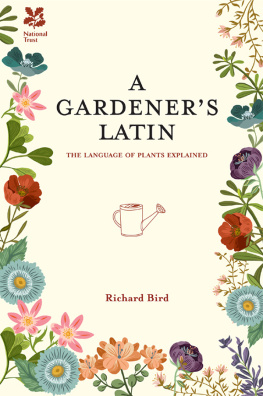

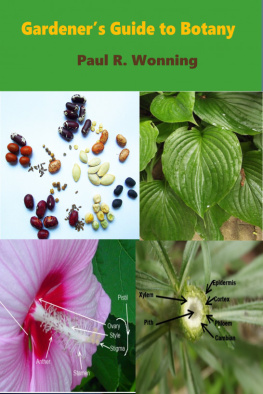
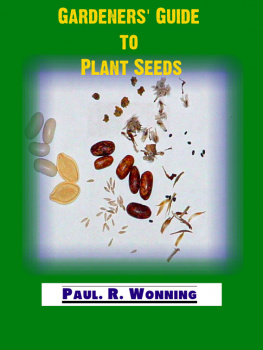
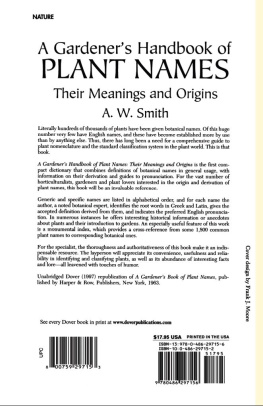
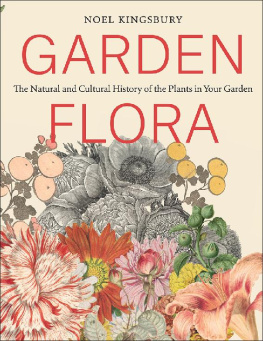


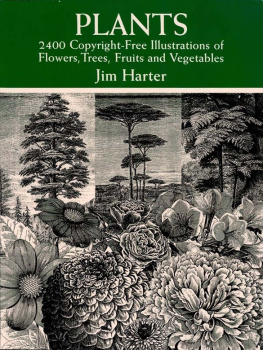


 Most specific names are composed of simple words, such as the word alba, meaning white, but there is also an important group of compound words, made up from two words.
Most specific names are composed of simple words, such as the word alba, meaning white, but there is also an important group of compound words, made up from two words.